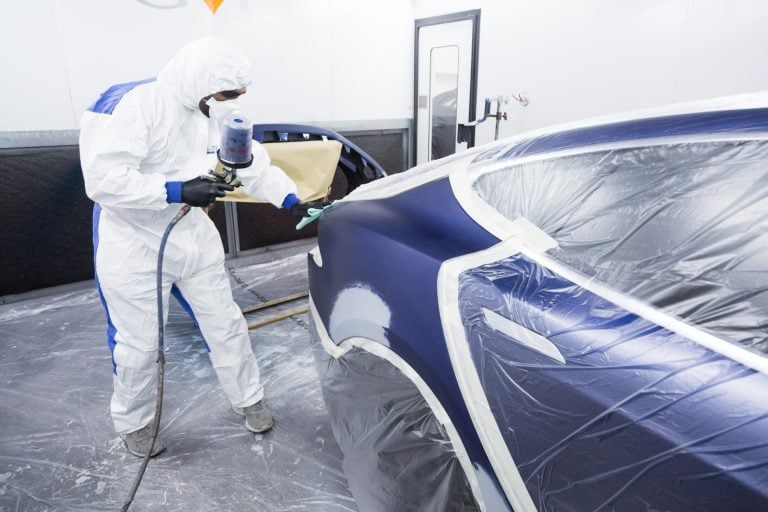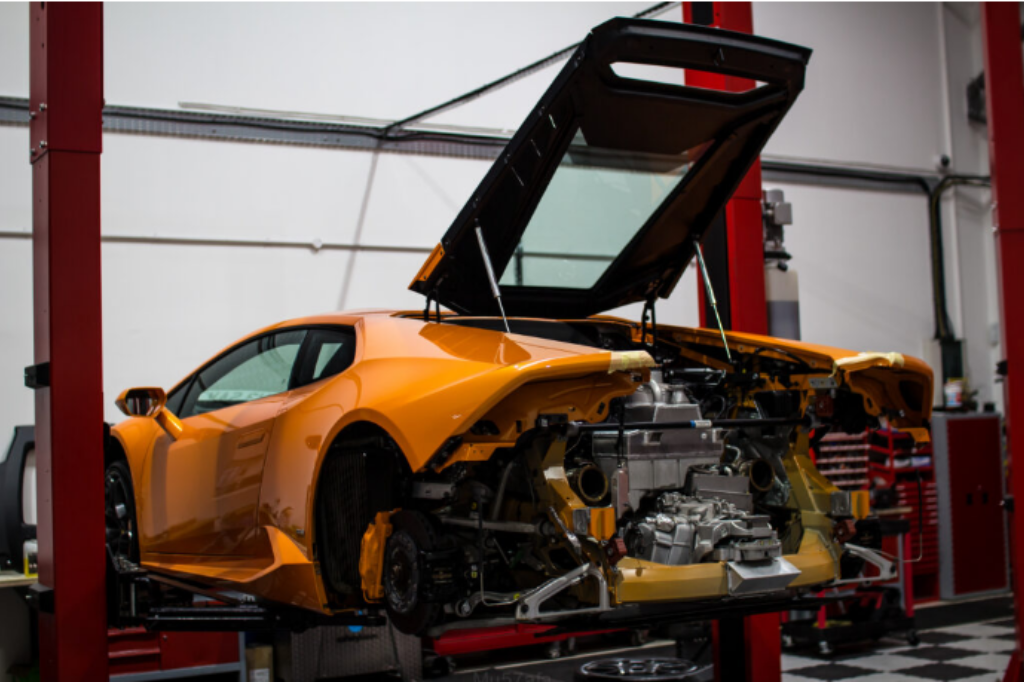- Servicing Case Studies
What Happens If Your Car Fails the MOT Test? | GVE London – Blog
Find what happens if your car fails the MOT test, including the steps, repair options, and how to get your vehicle back on the road legally.
According to stats by DVSA, about 28.58% in 2023-2024 have failed the MOT test, which amounts to a shocking number of 7,502,783. If your car is one of the unfortunate ones that fail the test, you’re told the reason for this failure.
In this blog post, we’ll let you know what happens if your car fails the MOT test and what are the next steps.
Addressing the Elephant in the Room
The most common question we’re asked is, “Can I still drive my car without a mot?” Legally speaking, the short answer is no. A car that has failed the MOT test isn’t considered “roadworthy.” While the issue might not always be dangerous, driving it past the date on your certificate is illegal.
The only two exceptions to this are if you’re driving to your trusted mechanic or a MOT centre (particularly if your high-performance vehicle requires special expertise and tools to address the issues causing the failure) or if you’re driving to your MOT appointment.
Driving it still could lead to fines and even legal action, so it’s best to avoid it.
What Happens if Your Car Fails?
A couple of things happen when your car fails the MOT test:
You Get a VT30 Certificate
When your car fails the test, it is issued a VT30 Refusal of an MOT Test Certificate—a fancy way of saying it’s a big “fail slip.” The certificate lists all the reasons for failure along with explanations. Having the VT30 Refusal certificate essentially declares that your car isn’t safe to drive on public roads and must not be driven until the stated issues are addressed.
Your Old MOT Certificate is Invalid
MOT time must be given every 12 months, or annually. The date begins from the very day you get your certificate. If your current MOT certificate has passed its date, it is unfortunately no longer valid; and you can only drive your car to the repair shop or an MOT appointment.
Time for Repairs
It’s a sign that your car needs some care. Take it to your local garage or a mechanic you trust but if you’ve got a more complex machine, you might want to book an appointment with a supercar service centre like GVE London instead.
Read More: A Full Breakdown on What Does an MOT Cover
How to Avoid Failing Next Time?
The first time is always considered a mistake. The government agrees that if you fail only a specific part of the test, you can reappear, within a specified timespan, but can only clearance for that. No need to pay for the entire test again.
Whether you’re planning to take the test again or for the first time, save yourself the stress by doing a pre-test check. Here’s a quick MOT checklist:
Lights and Indicators
- Ensure all headlights, brake lights, reverse lights, and indicators are working.
- Don’t forget the number plate light—it’s an easy one to miss but can cause a failure.
Tyres
- Check the tread depth (minimum 1.6mm) and look for cracks, bulges, or punctures.
- Ensure tyre pressure matches the manufacturer’s recommendation.
Brakes
- Listen for squealing or grinding noises when braking—they’re red flags.
- Check that the handbrake holds the car securely.
Windscreen and Wipers
- Look for chips or cracks, especially in the driver’s line of vision.
- Test the wipers for smooth operation and top up the washer fluid.
Mirrors and Glass
- Ensure side mirrors are securely attached and undamaged.
- Clean all glass surfaces to ensure maximum visibility.
Horn
- Give it a quick honk to ensure it works properly—it’s an easy thing to forget.
Exhaust System
- Check for unusual smoke or loud noises that might indicate a problem.
- Inspect for any visible damage or leaks in the exhaust pipe.
Seatbelts
- Ensure all seatbelts fasten securely and retract properly.
- Look for fraying or damage to the fabric.
Warning Lights
- Turn on the ignition and check for any dashboard warning lights. Resolve any issues they indicate.
Bodywork and Number Plate
- Look for rust, sharp edges, or damage to the car’s structure.
- Ensure the number plate is clean, securely fixed, and follows legal spacing requirements.
Steering and Suspension
- Test for stiffness or unusual noises when turning the wheel.
- Push down on each corner of the car to check for excessive bounce, indicating suspension issues.
Fuel System
- Ensure the fuel cap is secure and that there are no visible leaks or strong smells of fuel.
Interior Check
- Ensure the driver’s seat adjusts properly and that all doors open and close securely.
- Test any airbags (if possible) and check for any visible signs of malfunction.
Conclusion
Failing the test isn’t the worst thing. Even with proper, regular maintenance, the MOT test can be cleared. Think of it as an opportunity to fix issues and make your car safer. At GVE London, our supercar service centre is here to help. From MOT preparation to detailing, PPF, and repairs, we’ll take care of it all.
Frequently Asked Questions
An MOT test is a legal requirement that is imposed upon every car older than three years. It is like a mandatory health check-up for your car. A service, on the other hand, is performed to keep your car running smoothly. Both are co-dependent but not the same.
Yes, many garages offer combined service and MOT packages. It’s often convenient to do both at the same time, as servicing can address potential issues that might cause an MOT failure.
You need to take your car for its first MOT test when it’s three years old. After that, it’s required annually. Check the date on your certificate to know when it is due.
Contact Us
"*" indicates required fields
OUR SERVICES
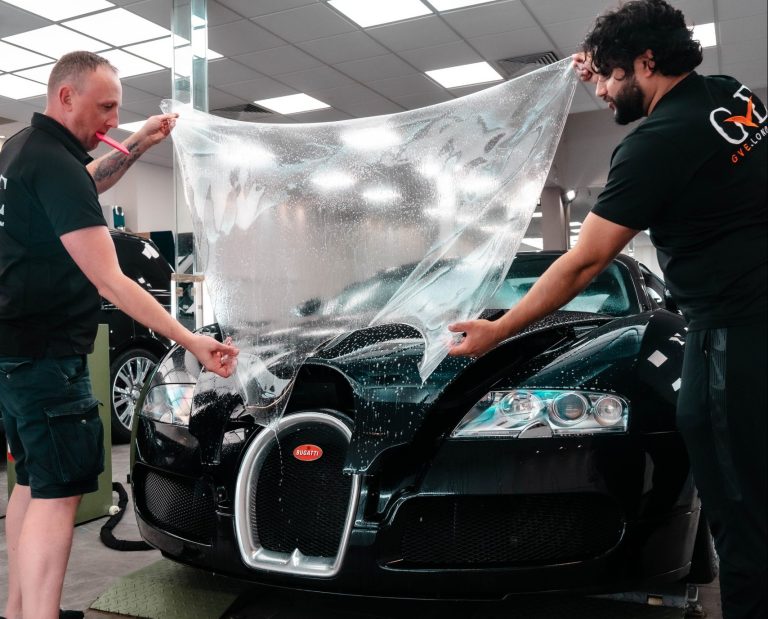
PAINT PROTECTION FILM
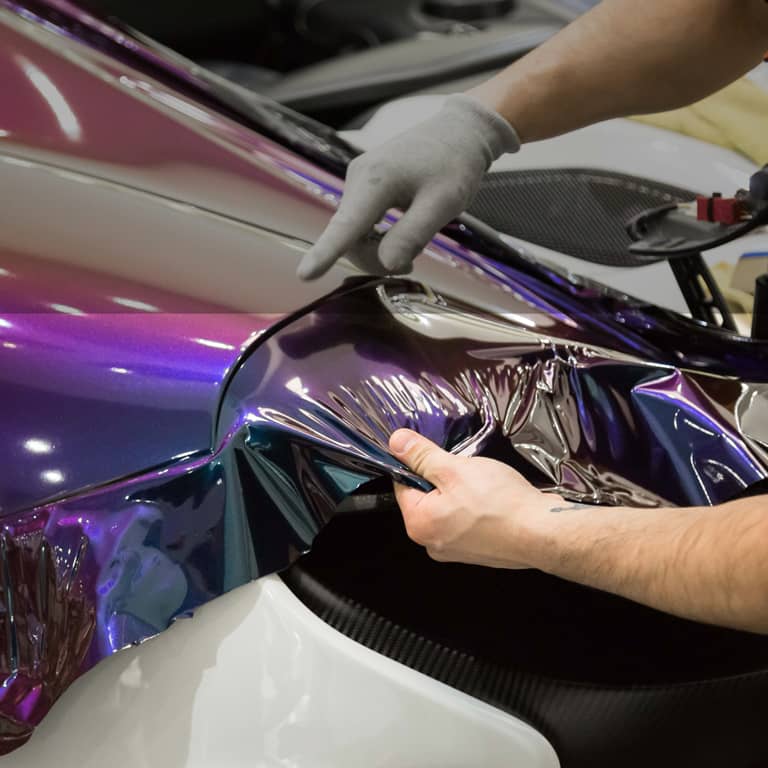
WRAPPING
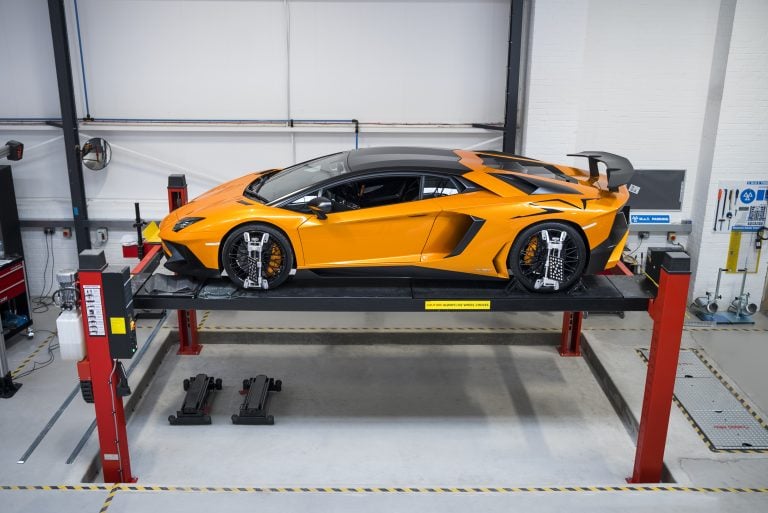
SERVICING
